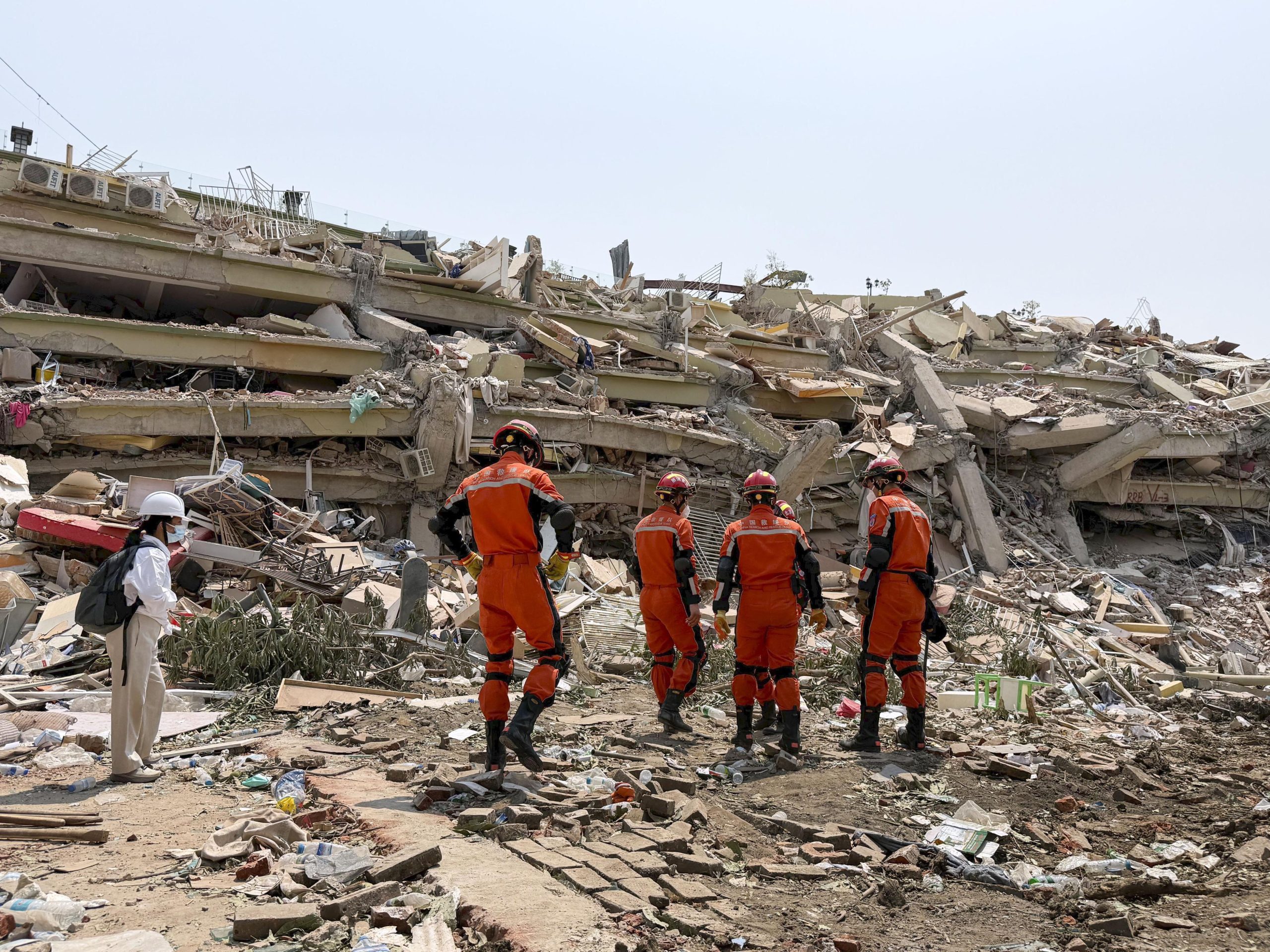I started today the Giza side of the river, across the Nile from Tahrir Square. Started from Moustafa Mahmoud mosque, a major landmark in the district of Mohandessin.
The protest was large from the beginning — at least 5,000 people, and probably more. The chants started as soon as prayers ended, around 1:30pm. Protesters marched through Mohandessin, completely shutting down a major road. The crowd seemed to grow steadily as the march continued.
Thanks to the blanket communications shutdown, the protests today took place in an information vacuum. On Tuesday, even during the demonstration, everybody was checking twitter both to coordinate and for news on what was happening across the country. This time nobody knew what was happening anywhere else — not even on the other side of the river in Tahrir Square.
Security forces were present in small numbers, but didn’t attempt to hinder the marchers. They marched unmolested for close to an hour until they arrived at Galaa Square, where the Galaa bridge is the first of two bridges that cross the Nile and lead to Tahrir Square.
The mood was defiant, and even a little festive. People could tell right away that they had achieved a major turnout and presumed that the same was happening elsewhere around the city. They felt like they had the advantage and the momentum. People watching from balconies cheered and waved Egyptian flags. I saw one elderly woman flashing them the V for victory sign.
Security forces had set up their cordon at the mouth of the Bridge, parking four large green police vans side by side, so that they blocked the entire bridge.
That area became the sight of an hour long battle. Security forces used lots of tear gas, indiscriminately. Some of it enveloped the Giza Sheraton, which overlooks the square. The firing was indiscriminate. One tear gas canister landed on the balcony of a nearby apartment, starting a fire; another landed in the passenger seat of a security forces van parked off to the side, starting another fire.
After the first couple volleys of tear gas, a debate broke out on a side street where people had fled on whether to abandon peaceful tactics. One angry young guy with streaming eyes was furious. People were trying to calm him down. He shouted: “Peaceful? Are you serious? After this?”
The young man, who would only identify himself as “an Egyptian citizen” told me:
I expect the government to fall today. There will be bodies in the streets, but it will fall.
I have a degree in information technology and for the last three years I’m sitting at home without a job.
Some of the crowd came well prepared. Swimming goggles and surgical masks soaked in vinegar, pieces of onion to hold under their noses to reduce the effect of the gas. And bottles of Pepsi — which I discovered today magically reduces the burning in your eyes.
Several times the crowd fell back from the tear gas. Several people were overcome by it. But they always regrouped and charged back. A local supermarket refused to open its doors to protesters but the manager agreed to pass out supplies of vinegar, water and onions. One lady, in response of protester appeals, dropped a huge bag of onions down to them.
An angry veiled woman in her 50s told me:
We don’t have an agenda. We only want the fall of the regime and all of its symbols. We’re not the Brotherhood and not the Wafd Party. We’re simply against oppression and corruption. This is a failed regime
Just before 3pm, the Central Security ranks guarding the mouth of the Galaa Bridge gave up and fell back — leaving their four huge trucks in the hand of the protesters. Gleeful youth crawled all over the vehicles, two of them holding up an Egyptian flag from the roof and others spray-painting “down with Hosni Mubarak” on the side. There was a bizarre scene for a while on the bridge where a few remaining Central Security guards were kind of lingering around their trucks looking bewildered and being completely ignored by the protesters. The police officers looked confused and depressed.
Some of the crowd decided to stay in Galaa Square and make sure they held it so that security couldn’t close ranks behind them.
An older man shouted: “It’s better if we control multiple places than just gather in Tahrir where they can bottle us up.”
Lots of others did move on toward Tahrir, crossing the island of Zamalek.
On the other side a major battle was already taking place half way across the Kasr El Nil Bridge — which is the final gateway into the square.
This was a much more violent scene, on both sides. About 2,000 protesters threw rocks and security forces, fired rubber bullets — a spray of little pellets that dig under your skin. I saw several protesters coming back with blood streaming from their faces.
One shouted: “Throw more rocks. Two more hours of this and they’ll collapse.”
A massive volley of tear gas and rubber bullets drove the crowd off of the bridge and back to Zamalek. People fled and eventually regrouped back in Galaa Square, 10 minutes away. There, right around 5 pm, something amazing happened. About 3,000 protesters were still holding the square. Suddenly huge crowds of marchers appeared from two different directions. Reinforcements. Each stream of marchers looked to be about 5,000 strong.
One of them told me they had come from Giza Square and had been fighting their own running battles and had finally broken through the security lines. Their arrival was a huge morale boost. As I was leaving a new cry was going up: “To Tahrir!”
One protester said:
It’s over, finished. This is the beginning of the end [for Mubarak]




